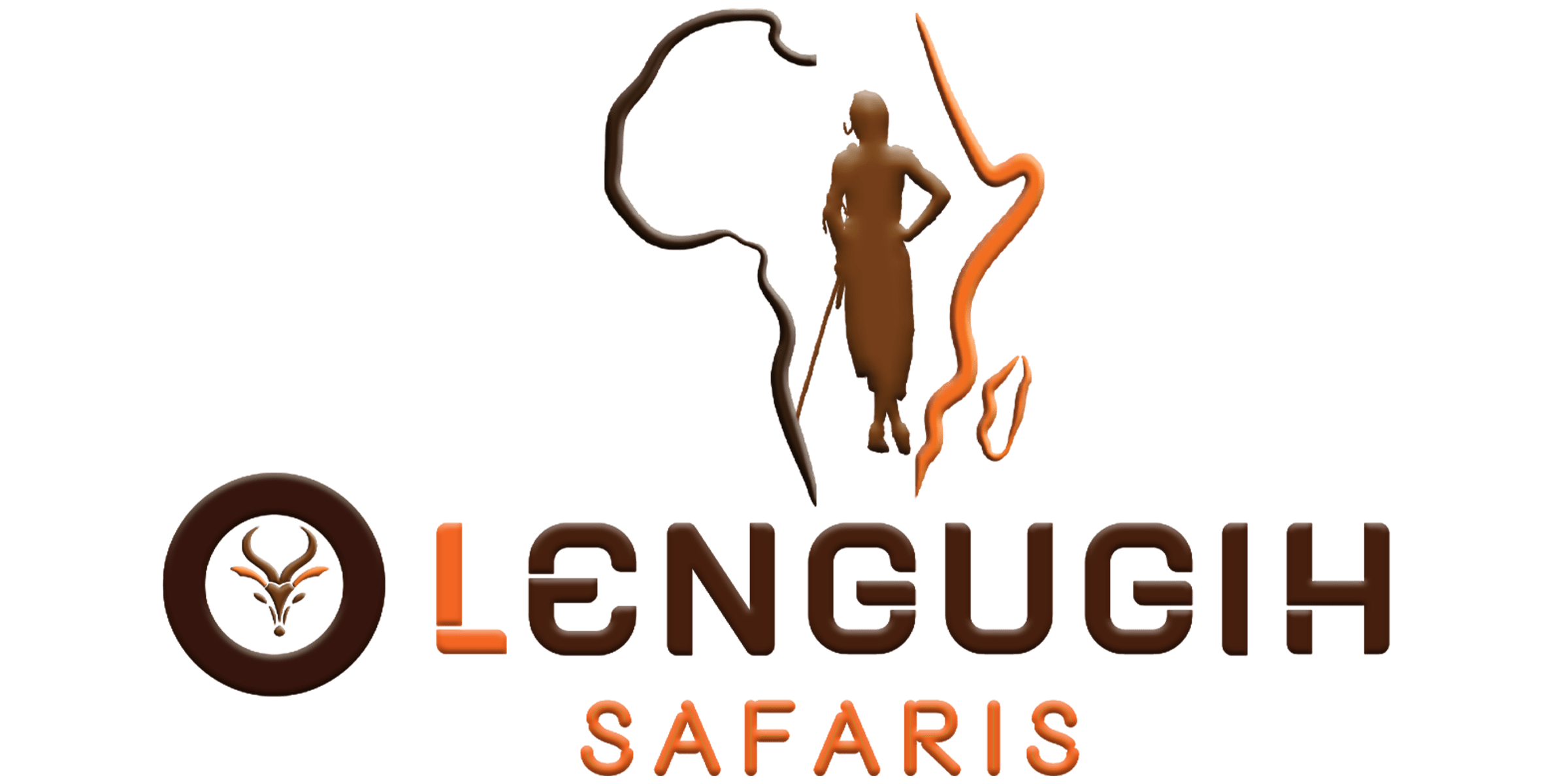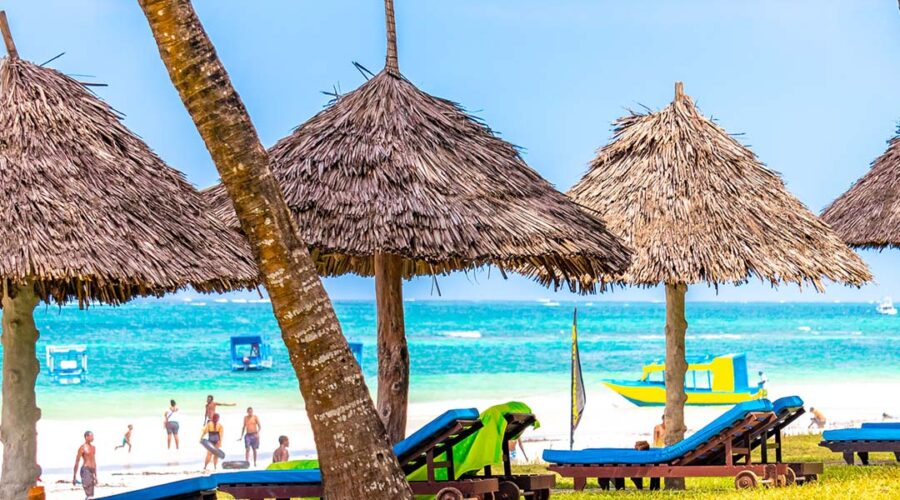The Maasai Mara & Diani Beach Luxury Adventure will help you explore and experience the best of Magical Kenya. The adventure will start in Nairobi City. At Nairobi, you get to experience the best of East Africa’s most vibrant city, meet the people & explore some sites that make Nairobi unique. The sites include the Nairobi park, elephant orphanage & giraffe centre. Having a park in the city makes it the only city in close proximity to wildlife. In Nairobi, you will also have the opportunity to visit one of the children’s centres to give your support. We then proceed with our safari, leave the city, and go into the country & through the great rift valley.
Maasai Mara & Diani Beach Luxury Adventure is made beautiful with dramatic views along the journey. At Mara, you will explore the wonders of the world’s best wildlife reserve for a 2-night safari adventure. From Maasai mara, you will board a domestic flight to the Kenyan coast, on one of Africa’s best beach destinations, Diani beach. Relax and enjoy the beach life for two nights. After a week of experiencing the best of Kenya, you can board your flight back home and take a piece of the magic with you.
An experienced professional guide who intimately knows their ‘backyard’ will be available. The guide will assist you from the start of the trip and take you on the trip till they bid you farewell on the journey back home.
Price Includes
Price Excludes
On arrival at the JKIA airport, your guide will meet you and drive you to Ibis Style Westlands Hotel Nairobi or a Similar luxury city hotel. Later in the evening, you have the option to leave the hotel and head out for a Welcome dinner at Mama Rocks or any one of Nairobi’s good restaurants offering great options of local & international delicacies. After dinner head back to the hotel for overnight in preparation for a travel adventure like no other. Ibis Style Hotel * Ibis style is a great option in a great part of town with close access to key attraction sites in Nairobi. Great nightlife and restaurant scenes. Accommodation (Ibis Hotel or Similar Luxury city hotel) Meal Plan (Bed & Breakfast) Dinner at own cost. Activities (Airport Arrival Meet, Greet & Assist Transfer to the hotel, Welcome dinner Rest & Relax Extra Activities (Optional nightlife)
0700Hrs: In the morning you will be picked up from your hotel/residence and head out for a tour of the Nairobi Wildside, Nairobi city is unique since you can have a close encounter with wildlife. We start the day with a visit to the Giraffe center which gives you the chance for close encounters with the gentle giants, feed, or even kiss one. Please note the elephant orphanage is currently closed for public viewing of the elephants, however, we can schedule a private visit for you to visit the David Sheldrick wildlife trust for an adoption visit of the Elephants where you have the opportunity to get close to the rescued elephants, you will choose the one you like best to foster. By 11Am: Start drive to Masaai Mara.
When you think of going on safari in the Masai Mara, Africa’s best wildlife reserve, no matter the season the Mara is always a spectacle to behold promising a once in a lifetime safari adventure. From Nairobi start driving to the Masai Mara Game Reserve. A 4:30hr drive on well-tarmacked roads, along the way, stop over at the designated viewpoint allowing one to enjoy the magnificent view of the great rift valley. Another stopover at Narok town for last-minute shopping, being the last major town before heading into the wilderness. Narok is a vibrant town with Malls where you can have lunch at a local restaurant (Own cost) The wildlife is far from being confined within the Reserve boundaries nor to one season and great viewing is guaranteed all year round. Along the way, you will start noting the traditionally clad Maasais, this being their home the community for centuries has had a close association with the wildlife resulting in an almost symbiotic relationship where they coexist in harmony with one another. 1600Hrs. Arrive at Mara, and explore the reserve on an afternoon game drive en route to Lodge. Check-in and refresh at the camp, and lodge. Enjoy the afternoon at leisure soaking in the beauty of nature around you. In the evening enjoy a classic Sundowner’ game drive. As the heat of the day dies with the setting of the sun, it is an excellent time to enjoy a safari drive. No matter how much you have thought about Africa, this is more than you expect the big five-Lion, Elephant, Leopard, Rhino, and Cape buffalo are in abundance. Toast with your favourite drink while watching the sunset before heading back to camp.
*Recommended to start with an early morning balloon safari with champagne bush breakfast A once-in-a-lifetime opportunity to witness the beauty of the Mara from the sky. After the balloon flight land for a special champagne breakfast in the African wilderness. The camps/lodges recommended are nestled deep within the park, offering prime wildlife viewing spots and blending into their surroundings ensuring an unmitigated feeling of being alone with nature. The safari experience is not limited to what happens when you’re out exploring. The most endearing of safari memories often come from sitting back on your private terrace and watching nature’s show slowly unfold. On this day you also have the option to visit a Masai Village, a good culturally enriching experience that gives you an insight into the unique lifestyles of the Masai who have stuck to their traditional forms of living despite the fast-changing & developing world around them. You can also purchase some authentic souvenirs from the village women displaying their handcrafted artworks & accessories. In the evening after a full-day safari adventure, you enjoy a special b.day sundowner set up. Meal Plan (Full Board – Breakfast, Lunch & Dinner) Activities (Private Morning and Afternoon Game Drives to your heart’s content) Optional activities (at a supplement) Balloon safari & Masai Village visit. Overnight, at Mara mid lux lodge/camp.
700am: After breakfast, check out of camp and enjoy the last game drive as you drive back to Nairobi to catch a domestic flight to the Kenyan coast. This will be a fast drive with only necessary stopovers along the way. Arrive in Nairobi & transfer to the airport to catch your afternoon flight to the coast. The flight takes approximately one hour from Nairobi to Ukunda Diani Beach. Upon arrival, a transfer driver will be waiting to take you to your beach resort. Diani Beach was Voted the best beach destination in Africa… A vibrant, uncrowded, intimate little paradise on the quiet shores of the Indian Ocean just south of Mombasa in beautiful Kenya. Perfect beach retreat. You can go for a welcome dinner at Ali Barbour Cave restaurant. Accommodation at Bahari dhow Beach Hotel. 4star beachfront. Meal Plan (Half Board – Breakfast and Dinner) Activities Road transfer Masai Mara to Nairobi. At supplement/own cost (Scheduled flight to Diani, Meet/greet/assist, Hotel transfer, Rest & Relax) Optional dinner and night out to experience Diani nightlife.
Diani Beach voted the best beach destination in Africa is the best getaway for an exclusive beach holiday offering a myriad of activities. The full-day marine excursion starts with pick-up at the hotel and transfers to the boatyard. This will be a cruise joining group with the opportunity to explore the islands of Wasini, this takes you through the marine-life-rich waters of Kisitite Mpunguti Marine National Park. The cruise itself is operated by a very attentive crew and experienced snorkelling guides/trained rescue swimmers. Onboard, complimentary mineral water and fruit are offered and enjoy up to 6 hours. Seafood bbq & Lunch are included and a guided walk through the village on the island is given by the locals. Take a boat ride and transfer back to the hotel after the tour. Enjoy the evening at leisure. Accommodation at Booked in a beach hotel. Meal Plan (Half Board – Breakfast and Dinner) Lunch on the cruise. Activities (Full day private group marine excursion & water sports fun snorkelling, island exploration.
After breakfast check out by 1000am. Bid farewell to the wonderful people of Diani and fly back to Nairobi where you will catch your international flight home. Accommodation (Meal Plan Breakfast)
Yes, you can get it. You only need to inform us 72 hours before the trip date.
Yes, you can change 48hrs before the trip date.
WhatsApp us

